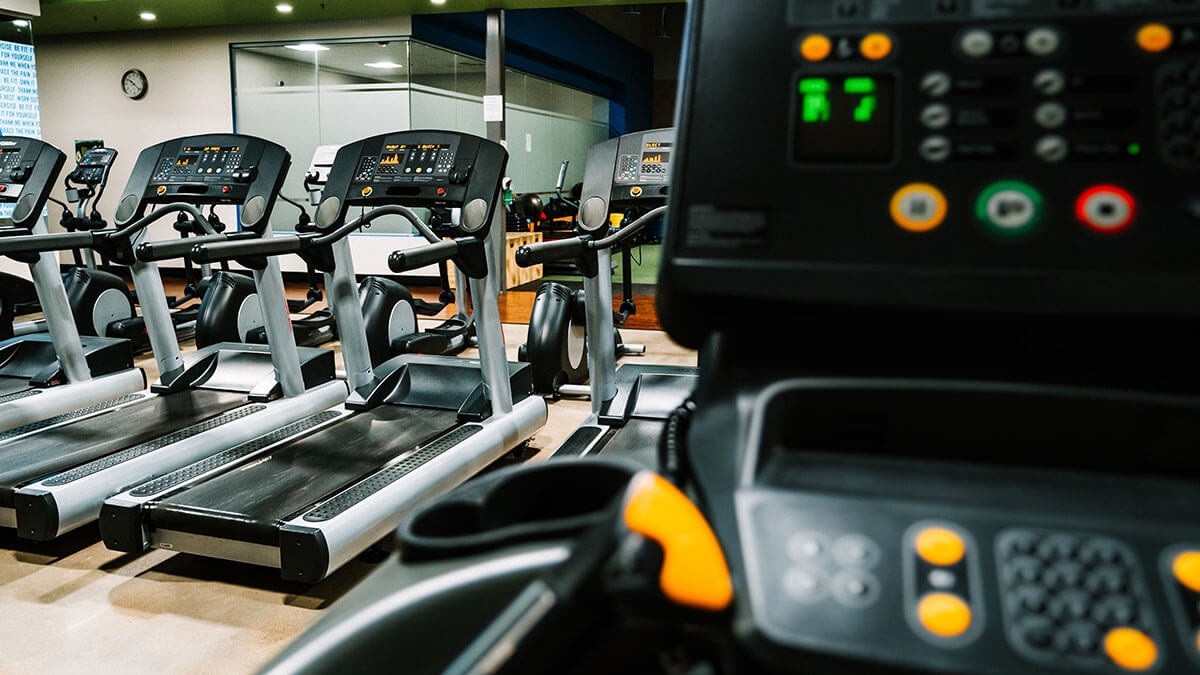Aerobic capacity (endurance) is the ability to maintain the duration of the exercise for more than 3 minutes; with the main source of energy required deriving from the aerobic metabolic system (Smilios et al, 2018). But, what is the best way to build endurance?
Science is the pursuit and application of knowledge and understanding of the natural and social world following a systematic methodology based on evidence — sciencecouncil.org
If we take a step back from the aforementioned definitions, we can discern that science and endurance seem to be two opposing concepts. Science is, by its very nature, the epitome of theory, whereas endurance is the epitome of practice. Be that as it may, endurance training cannot exist without science, and certainly not without scientific training. Even empirical coaches, who mainly base their training on experience rather than scientific methods, often practice scientific training without even realizing it! That’s one way to build endurance.
If you choose to ignore the science behind training, you will probably spend hundreds of training hours without showing any significant improvements. That includes progression, monitoring, periodization, etc. In other words, the best way to build endurance is to deploy science. And, inherently, to possess good knowledge of scientific methods, and put them to practice. These are of paramount importance in your efforts to build endurance.
What is endurance training?
Endurance training is a very dynamic scientific training system, where things change rapidly. And a good rule of thumb is to keep yourself updated regularly. Not many years ago, endurance athletes used to execute hundreds of kilometers per week. And that was before the establishment of High-Intensity Interval Training (HIIT). Can you imagine a training plan without HIIT, today? Especially, if the main training goal is VO2max improvement? The answer is, of course, NO.
Well, then; how does one build endurance, using HIIT and science?
Science as a catalyst in building endurance
What about aerobic endurance and strength training? Until a few years ago, we had to contend with a myth and misconception that weightlifting would make you heavier and slower. Some coaches and athletes were reluctant to implement weightlifting exercises in their training plans. Or, in the best case scenario, they would execute strength workouts only for muscular endurance. They believed that muscular endurance would be a perfect match for aerobic endurance. And why did they believe that you may ask; simply because they ignored the scientific facts.
Today, we know that maximal strength is the magic formula to improve exercise economy and exercise efficiency for an endurance athlete. There are plenty of scientific papers that show a significant effect of maximum strength training in aerobic endurance performance. (Paavolainen et al 1998, Storen et al 2008, Millet et al 2002)
So, once again, it’s Science that provides the solution. And it’s Science that will help you build endurance.
From full intensity training to the 80/20 rule
If you’re not convinced yet, just think about the 80/20 rule (also known as polarised training). The 80/20 rule was introduced and established by Dr. Stephen Seiller and was quickly adopted by the majority of the sports community.
This model suggests executing 80% of your training time at intensities below the first lactate threshold (Zone 1-2), and the remaining 15-20% within the severe intensity domain (above LT2/anaerobic threshold, Zone 4-5), with a small portion of time (0-5%) executed between thresholds (Zone 3). Interestingly enough, it seems to be the best way to increase aerobic performance. That is, helping build endurance without causing any “accumulated fatigue” or “over-training” syndromes.
Prior to polarised training, there was a strong belief that the best way to improve aerobic capacity and performance was to train at Zone 3 (threshold training). At least, most of the time. The transition to polarized training provides a tangible example of how science can change the way we train; for the better!
From traditional/linear periodization models to High-Intensity Interval Training
Another interesting example that elaborates on how science can change our training, has to do with periodization models. We’re all familiar with the traditional periodization model. The training volume decreases and intensity increases over time, until the race goal is reached. However, sports scientists have proven that, in some cases, a reverse periodization may have better results; that is, as compared to traditional-linear periodization. Especially for events that last more than 2 hours. In such reverse periodization, high-intensity exercise is applied at the off-season; and, over time, the training volume increases.
Allow me to be clear on this: We all know that coaching is a form of art. But, even in art, science should play a part. And what better time to introduce Endogusto into your art, than today? Draw your training plans and build endurance, starting today!
